GPCR/G protein

All GPCRs share a common seven trans-membrane structure. GPCRs are associated with heterotrimeric G-proteins which are GTP-binding proteins made of alpha, beta, and gamma subunits. When a ligand binds to GPCR, it activates the attached G-protein, the GDP is replaced with GTP. The activated G-protein then dissociates into an alpha and a beta-gamma complex which activates downstream signaling pathways. These intracellular signaling pathways include cAMP/PKA, calcium/NFAT, phospholipase C, protein tyrosine kinases, MAP kinases, PI-3-kinase, nitric oxide/cGMP, Rho, and JAK/STAT.
GPCRs are one of the most important therapeutic targets for various diseases, over 30% of all modern medicinal drugs target this family. Aberrant GPCR functions are involved in pathological conditions such as neurological, immunological and hormonal disorders. A large number of GPCRs have been identified, but whose ligands are not known, are classified as orphan receptors.
-
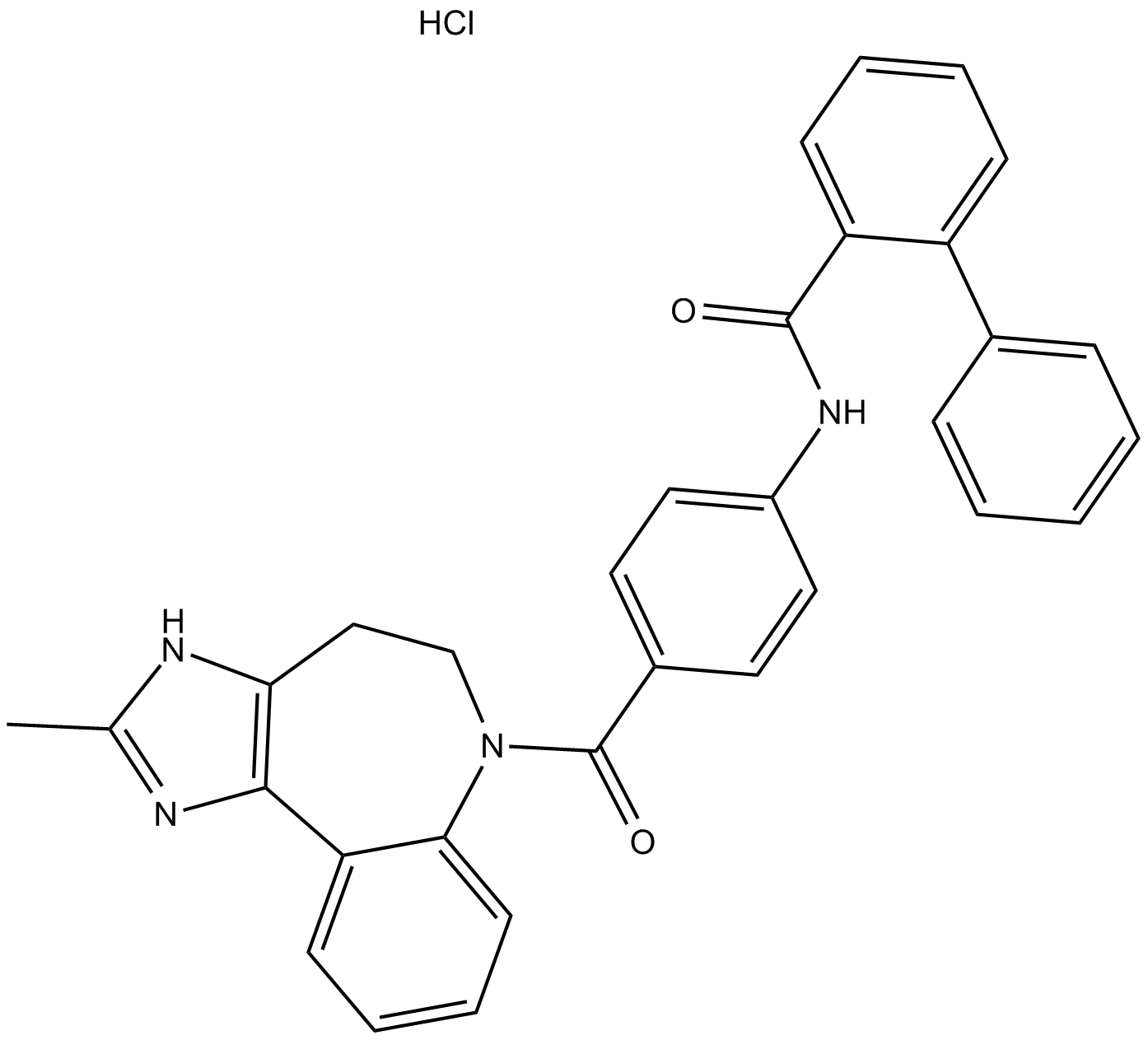 A8402 Conivaptan HClSummary: Vasopressin receptor antagonist
A8402 Conivaptan HClSummary: Vasopressin receptor antagonist -
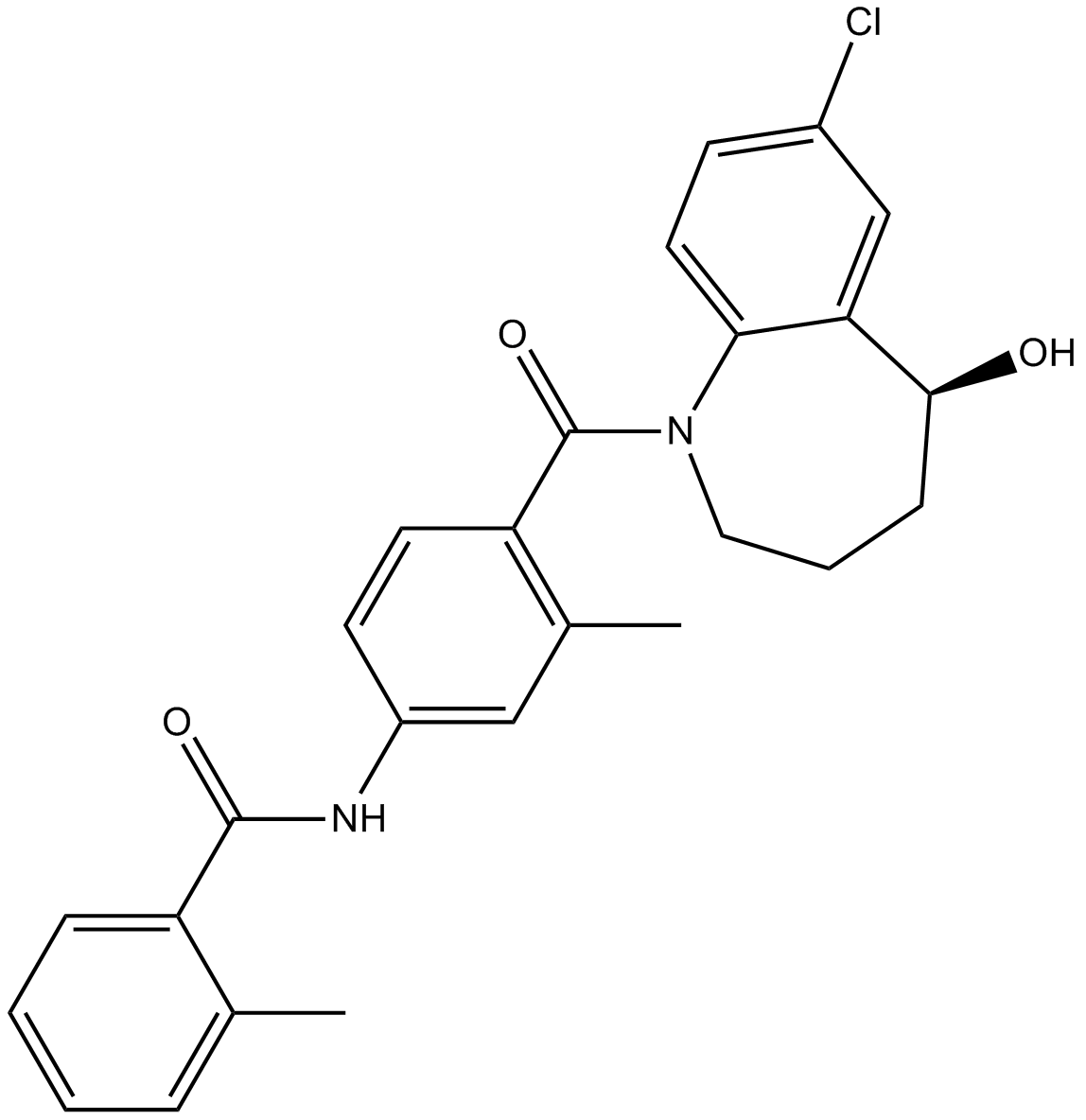 B2300 TolvaptanSummary: AVP V2-receptor antagonist
B2300 TolvaptanSummary: AVP V2-receptor antagonist -
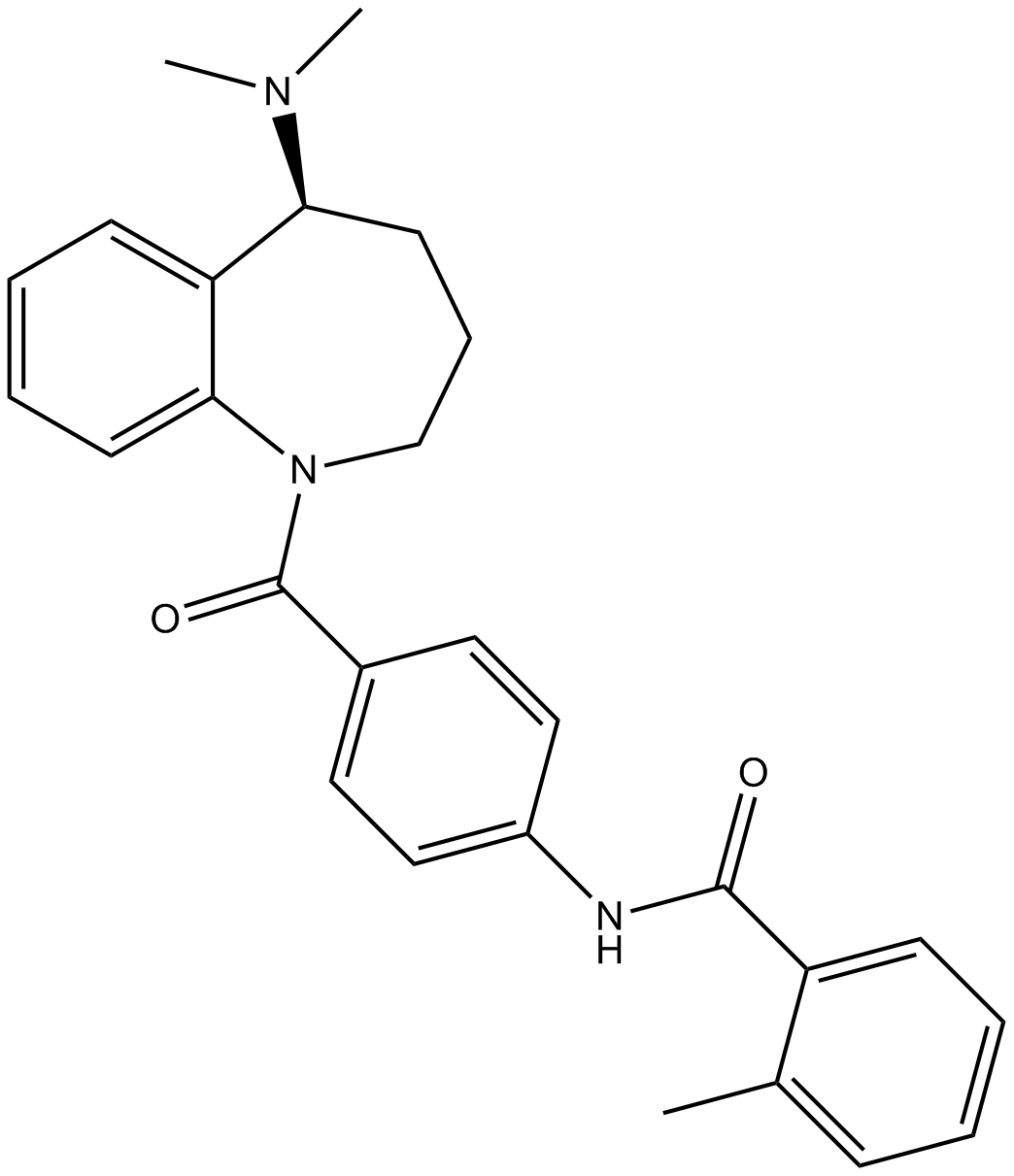 B2299 MozavaptanSummary: novel competitive vasopressin receptor antagonist
B2299 MozavaptanSummary: novel competitive vasopressin receptor antagonist -
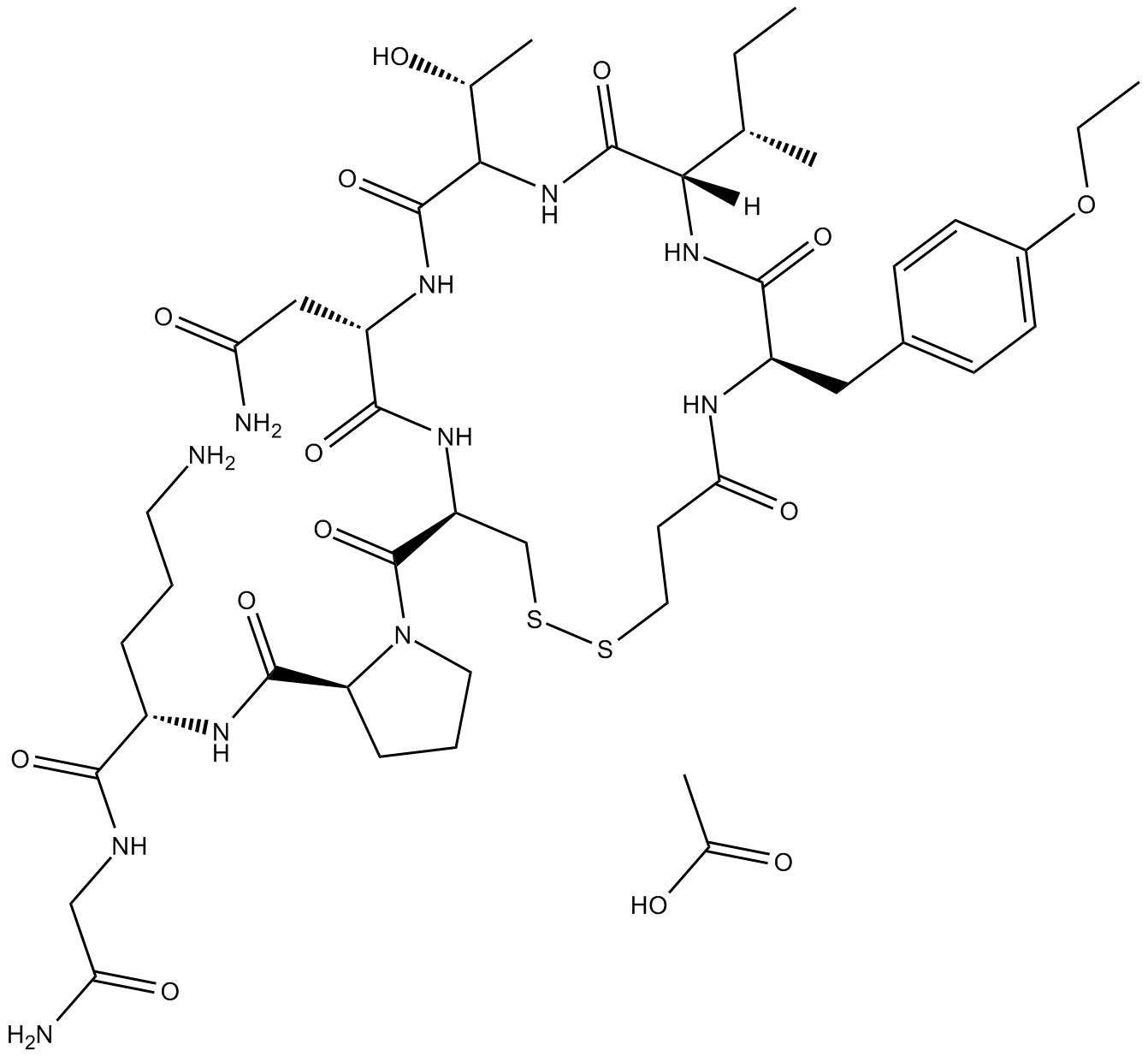 B3631 Atosiban acetateSummary: mixed antagonist of oxytocin and vasopressin receptors
B3631 Atosiban acetateSummary: mixed antagonist of oxytocin and vasopressin receptors -
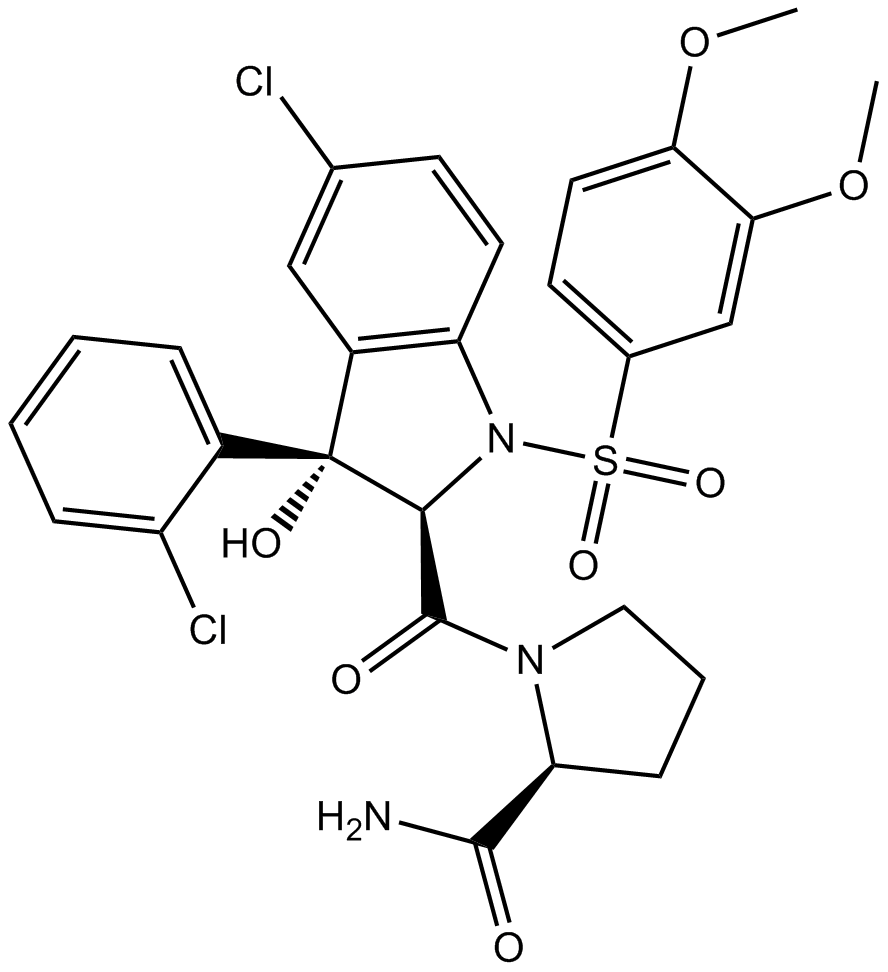 B7013 SR 49059Summary: vasopressin V1A receptor antagonist
B7013 SR 49059Summary: vasopressin V1A receptor antagonist -
![d[Cha4]-AVP](https://www.apexbt.com/media/catalog/product/placeholder/default/general.png) B5382 d[Cha4]-AVPSummary: human vasopressin V1B receptor agonist
B5382 d[Cha4]-AVPSummary: human vasopressin V1B receptor agonist -
![d[Leu4,Lys8]-VP](/pub/media/prod_images/b/5/b5383.png) B5383 d[Leu4,Lys8]-VPSummary: Selective vasopressin V1B receptor agonist
B5383 d[Leu4,Lys8]-VPSummary: Selective vasopressin V1B receptor agonist -
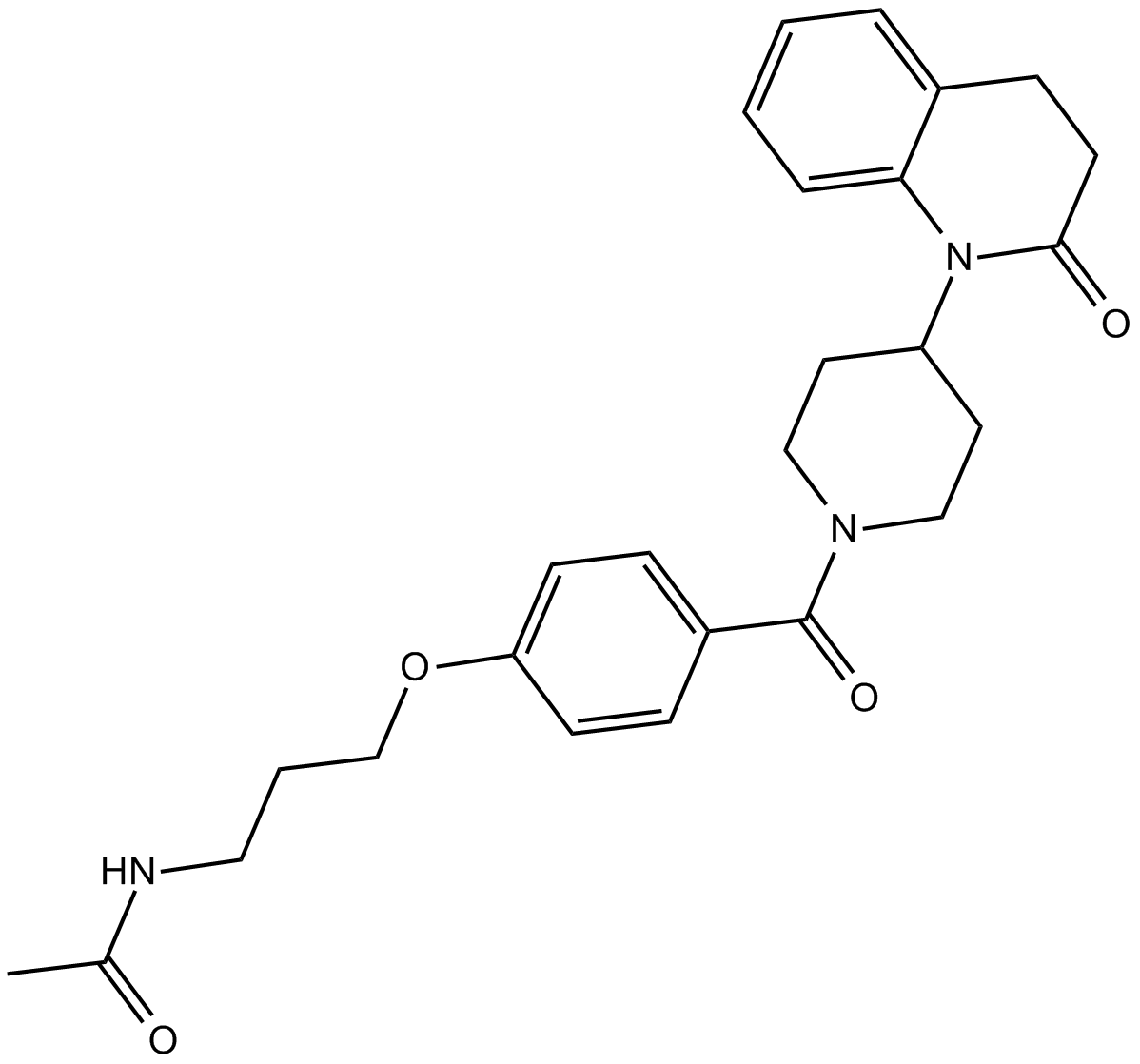 B7537 OPC 21268Summary: vasopressin V1 receptor antagonist
B7537 OPC 21268Summary: vasopressin V1 receptor antagonist -
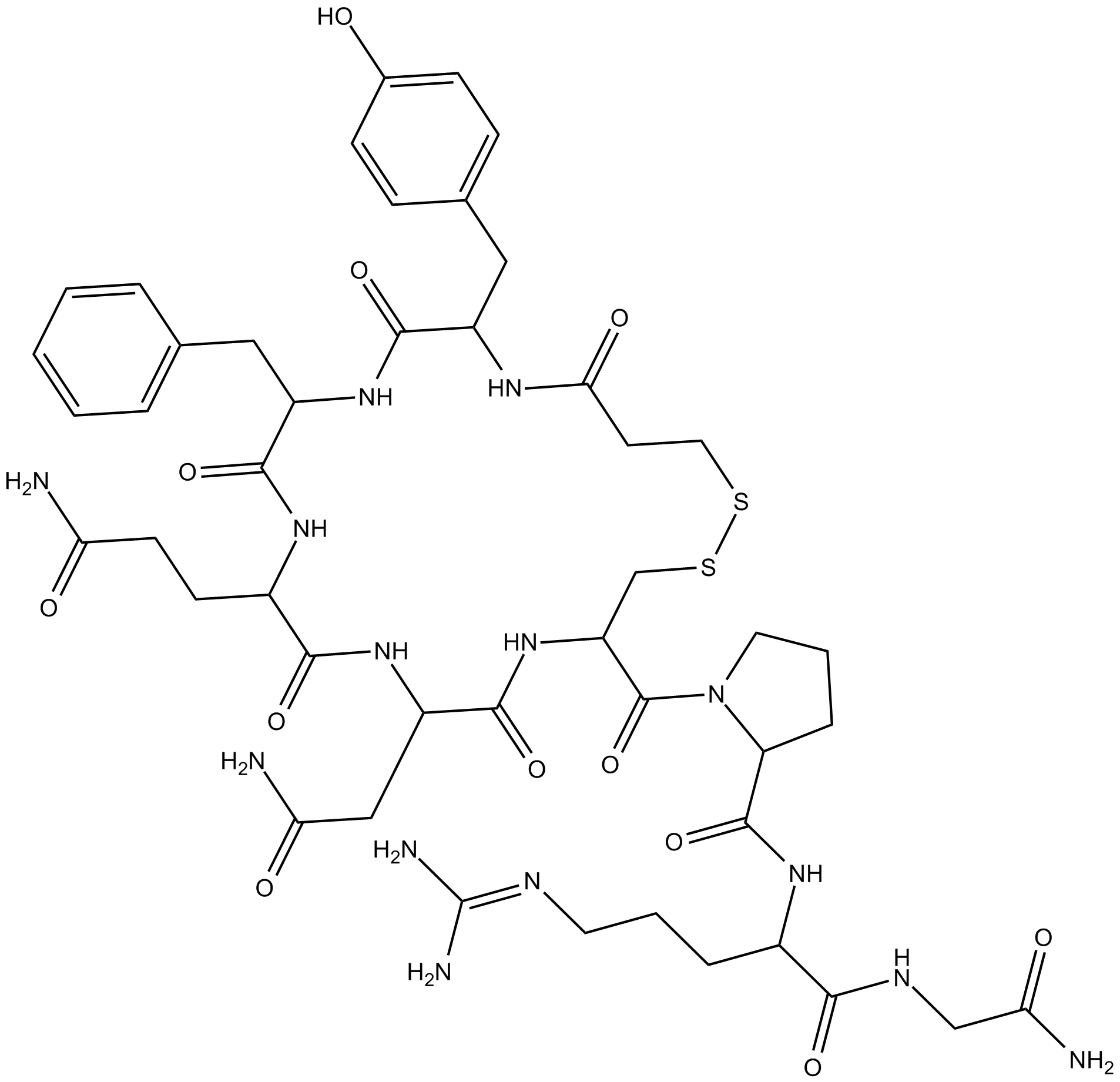 A3359 DesmopressinSummary: Hemostatic and anti-diuretic
A3359 DesmopressinSummary: Hemostatic and anti-diuretic -
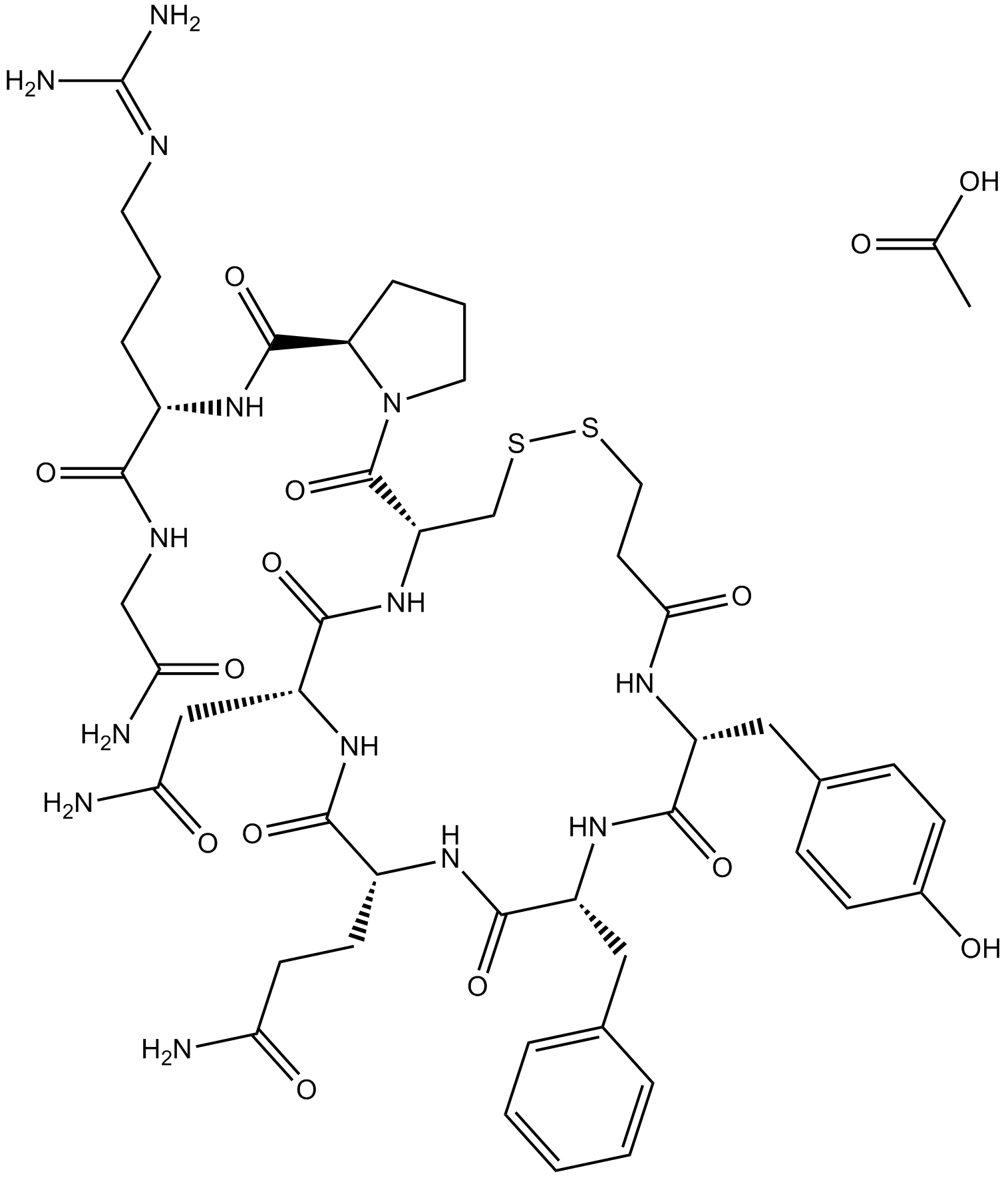 A3360 Desmopressin AcetateSummary: Synthetic analogue of arginine vasopressin
A3360 Desmopressin AcetateSummary: Synthetic analogue of arginine vasopressin

